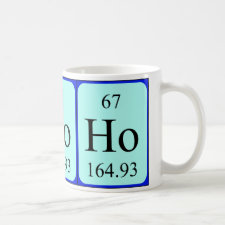
Authors: Souza ID, Melo LP, Jardim ICSF, Monteiro JCS, Nakano AMS, Queiroz MEC
Article Title: Selective molecularly imprinted polymer combined with restricted access material for in-tube SPME/UHPLC-MS/MS of parabens in breast milk samples.
Publication date: 2016
Journal: Analytica Chimica Acta
Volume: 932
Page numbers: 49-59.
DOI: 10.1016/j.aca.2016.05.027
Alternative URL: http://www.sciencedirect.com/science/article/pii/S0003267016306845
Abstract: A new molecularly imprinted polymer modified with restricted access material (a hydrophilic external layer), (MIP-RAM) was synthesized via polymerization in situ in an open fused silica capillary. This stationary phase was used as sorbent for in-tube solid phase microextraction (in-tube SPME) to determine parabens in breast milk samples by ultra-high-performance liquid chromatography-tandem mass spectrometry (UHPLC-MS/MS). Scanning electron micrographs (SEM) illustrate MIP surface modification after glycerol dimethacrylate (hydrophilic monomer) incorporation. The interaction between parabens and MIP-RAM was investigated by Fourier-transform infrared (FTIR) spectroscopy. The Scatchard plot for MIP-RAM presented two linear parts with different slopes, illustrating binding sites with high- and low-affinity. Endogenous compounds exclusion from the MIP-RAM capillary was demonstrated by in-tube SPME/LC-UV assays carried out with blank milk samples. The in-tube SPME/UHPLC-MS/MS method presented linear range from 10 ng mL-1 (LLOQ) to 400 ng mL-1 with coefficients of determination higher than 0.99, inter-assay precision with coefficient of variation (CV) values ranging from 2 to 15%, and inter-assay accuracy with relative standard deviation (RSD) values ranging from -1% to 19%. Analytical validation parameters attested that in-tube SPME/UHPLC-MS/MS is an appropriate method to determine parabens in human milk samples to assess human exposure to these compounds. Analysis of breast milk samples from lactating women demonstrated that the proposed method is effective
Template and target information: parabens, benzylparaben, 2-hydroxybenzoic acid esters
Author keywords: Parabens, molecularly imprinted polymer, Restricted access material, In-tube solid phase microextraction, Ultra-high-performance liquid chromatography-tandem mass spectrometry, Breast milk samples



Join the Society for Molecular Imprinting

New items RSS feed
Sign-up for e-mail updates:
Choose between receiving an occasional newsletter or more frequent e-mail alerts.
Click here to go to the sign-up page.
Is your name elemental or peptidic? Enter your name and find out by clicking either of the buttons below!
Other products you may like:
 MIPdatabase
MIPdatabase









